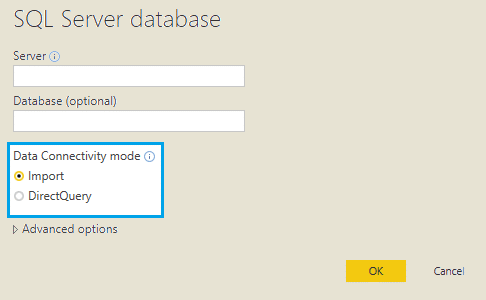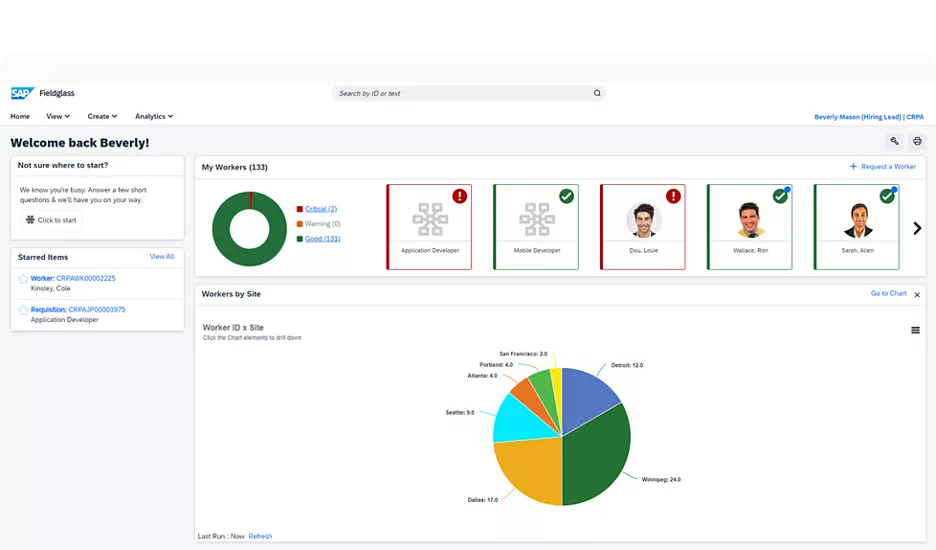Power BI Direct Query vs Import: When connecting data in Power BI, you have two choices: Direct Query vs. Power BI Import. To choose the ideal strategy, it's important to be familiar with both methods, their advantages and disadvantages.
Each method can be used depending on the type of report, but your organization needs to have a concrete method for each of these techniques. So, how do Direct Query and Import Power BI work? What are the advantages and disadvantages of each method? Answers in this article.
What is Power BI Direct Query vs Import ?
When in Power BI Direct Query vs Import, just import Power BI’s connection method caches the data you connect to. This creates a capture of the data at a specific moment in time. All your data interactions and filters are applied in the source of this compressed cache, rather than in the original source.
What is Direct Query?
When you connect to a data source using Direct Query, your table will directly retrieve the data at runtime. Each filter and interaction with the report triggers further queries. No data is imported directly into Power BI. Instead, you send queries to the data present in the data source itself, and this query brings the data to Power BI.
Now that you understand how each method works, let’s move on to their advantages and disadvantages.
Power BI Direct Query vs Import - The advantages
First of all, Power BI Direct Query vs Import promises optimum performance. In fact, when you go through the data cache, you take full advantage of the Vertipaq engine (data access engine). As a result, the performance of your report is ideal.
What’s more, Import Power BI lets you use DAX and M functions, as well as different data formats, as you wish. With more features, you have more freedom to model your data. Finally, this method lets you combine data from different data sources, such as databases, CSV files or Dataflow.

Power BI Direct Query vs Import: The disadvantages of Power BI Import
Import Power BI also has its share of shortcomings. As you may have already guessed from the description of each method, Import involves a delay in data refreshes. In fact, you can only program up to 8 refreshes per day (except when using Premium SKUs). That said, you also need to consider the number of reports under your control and the volume of data to be refreshed. Schedule Refresh is not Import Power BI’s strong point.
Also, the size of datasets to be imported is limited to 1GB (again, except when using Premium). Even though the Vertipaq engine offers impeccable compression, it’s important to keep this limit in mind when selecting your connection method.
When you select Import, there’s no going back! Before you select this connection method, make sure you want to use it. If you don’t, it will add to your workload.
Power BI Direct Query vs Import: The benefits of Direct Query
You’ll soon realize that the advantages of one are the drawbacks of the other, and vice versa. The first concrete benefit of Power BI Direct Query vs Import and – Direct Query is the instantaneous refresh of data. In fact, the data is constantly being queried by Direct Query to obtain the most up-to-date data possible. Refreshes take place every 15 minutes.
Also, the size of your files is much smaller. Because you use Direct Query rather than caching your files, Power BI Desktop tables are smaller and easier to use, with faster saving and publishing. It also means you don’t need to store compressed data on the Power BI Service. Less storage capacity on the service is needed to connect your data.
Power BI Direct Query vs Import: Disadadvantages of Direct Query
The first drawback of Power BI Direct Query is its lower performance than Import Power BI. This is because queries to data sources at runtime compete with other users for bandwidth. Here, you don’t benefit from the performance of using the Vertipaq engine.
Secondly, you can’t use all the transformation features of Power Query when using the Direct Query connection method. Some DAX functions, for example, are not available. If your data is poorly structured or requires a lot of modification, Direct Query may not be the best option for you.
Finally, Direct Query requires the use of a single data source. This technique only supports filtering in one direction: bidirectional filtering is not available.











